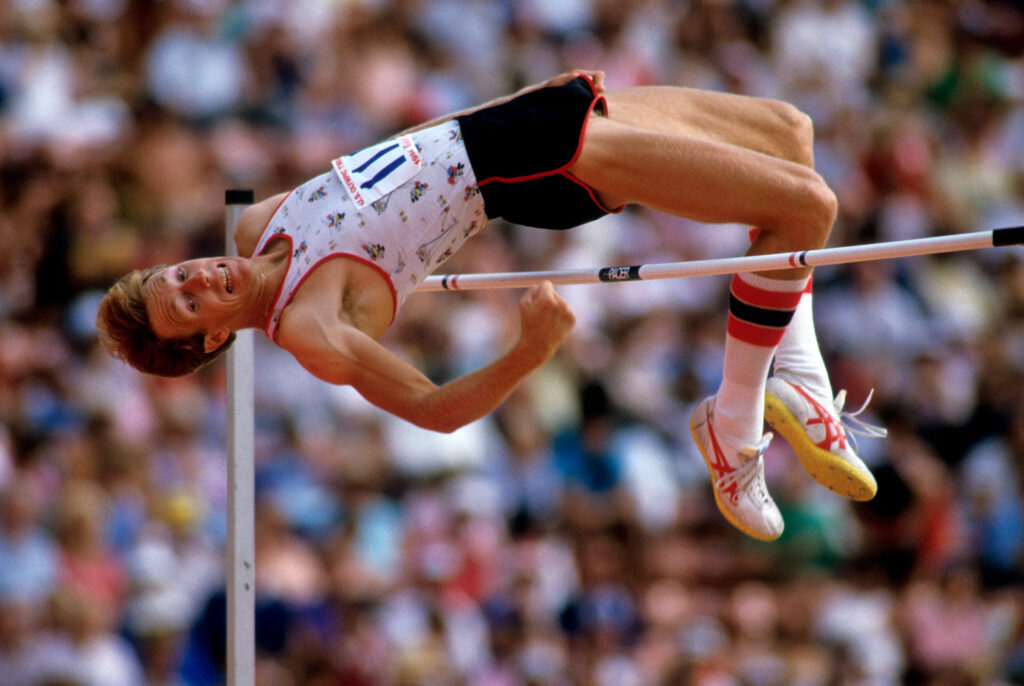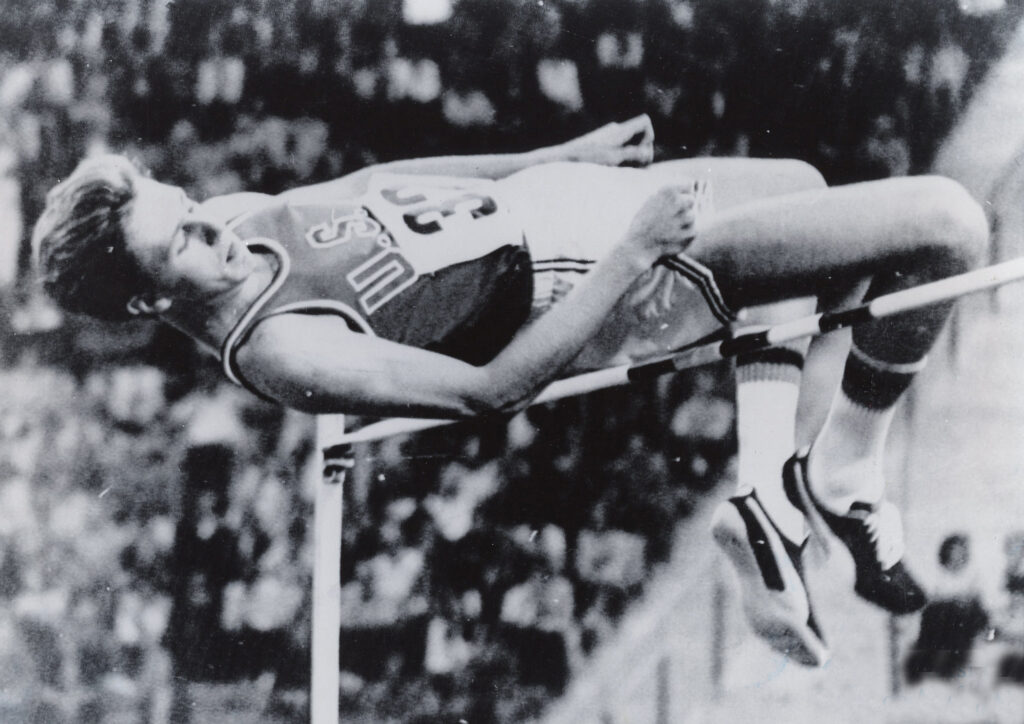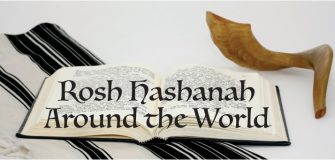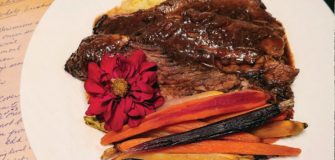Dwight Stones – Jumping to New Heights

Dwight Stones to be inducted into the Southern California Jewish Sports Hall of Fame
By Craig Leener
The Judaic odyssey of two-time Olympic bronze medalist Dwight Stones may best be examined through the lens of three milestone life events.
The most recent one won’t happen until June 30, 2024, when the Southern California Jewish Sports Hall of Fame (SCJSHOF) inducts Stones, the former three-time world record holder in the men’s high jump, along with 18 other local sports luminaries.
For Stones, who has already been inducted into the Orange County Jewish Sports Hall of Fame and the International Jewish Sports Hall of Fame, the recognition comes with a certain degree of irony.
“I’ve been honored by Jewish sports halls of fame probably more than I deserve,” he says.
Stones says he feels that way because he actually converted to Judaism 29 years ago, long after his numerous athletic accomplishments were in the books following a 16-year career in which the Los Angeles native set 10 world records, won the two Olympic medals and captured 19 national championships.
The SCJSHOF has previously honored more than 350 Jewish athletes, coaches, officials, media
executives and special individuals at all levels of sports who have played a significant role in shaping the sport’s history of Southern California.
Stones, who is 70, believes that the honor is inclusive of his 47-year career as a broadcaster. He has served as a track and field color analyst and play-by-play commentator for the three major networks, as well as for ESPN and numerous regional sports networks.
SCJSHOF president Dan Goldberg calls Stones’ combined athletic and broadcasting achievements unparalleled in the world of sports.

“Our board and our nominating committee took everything into account,” Goldberg says. “Dwight is very prideful of his Jewish identity, and in terms of his sporting accomplishments, he’s definitely deserving, so in the collective, we were happy and excited to honor him.”
The SCJSHOF is a nonprofit charitable organization that uses all proceeds from events and donations to support community youth sports programs, including a scholarship fund for budding sports journalists called the Allan Malamud Memorial Scholarship.
Dwight Edwin Stones was born on Dec. 6, 1953, in Los Angeles. He first became interested in the high jump after watching a Cold War-era USA/USSR track and field meet that was broadcast on ABC’s Wide World of Sports from Moscow in 1963, when Soviet Union high jumper Valeriy Brumel set a new world record.
Stones, who was 9 years old at the time, says he was burned out on team sports at that point of his young life.
“I was benched a lot by my elementary school teacher because I was always screaming at my teammates for being knuckleheads and not being pseudo-professional athletes,” he says. “And then I saw Valeriy Brumel do this thing all by himself, and I went, ‘Oh, this looks like something for me right now.’”
At the time, Stones’ mother ran a licensed childcare business out of the family home, and his father was a contractor.

“I had everything I needed — mattresses and wood and nails and hammers — to construct the facilities to start high jumping immediately on the grass in my front yard.”
Stones had always high jumped using the well-established straddle method before watching American high jumper Dick Fosbury compete in the 1968 Summer Olympics in Mexico City.
Fosbury revolutionized the event with what is now commonly known as the “Fosbury Flop,” a technique where the high jumper sprints diagonally toward the bar before curving and leaping backward and headfirst over the bar, kicking one’s legs up into the air at the conclusion of the jump. Fosbury took the gold medal in ’68, setting a new Olympic record of 7 feet 4¼ inches.
Stones set his foundation in the high jump as a student-athlete at Glendale High School. John Barnes was his influential track and field coach there. Barnes had Olympic credentials as a middle-distance runner at the 1952 Summer Games in Helsinki.
The veteran, no-nonsense coach, who Stones says had no aversion to kicking kids off the team for any sort of perceived infraction, wouldn’t let him compete using the flop method because the conventional wisdom of the era maintained that it would spawn a generation of broken necks.
Stones, 15 at the time and clocking in at 5 feet 11 inches and 128 pounds, had been secretly practicing the op whenever Barnes went behind the grandstands to coach the throwers. Stones says he found the courage to ask the man who he considered to be a surrogate father, if he could try the new method in an upcoming dual meet.
“Because Coach got up on the right side of the bed that day, he told me to warm up with both styles, and whichever one I felt better with, to go with it.”
Stones says he competed using the op method that day and won the event with a jump of 6 feet, matching his personal record at the time.
That paved the way for the very first milestone event of Stones’ Judaic journey a few years later — the 1972 Summer Olympics in Munich, West Germany, where he was the youngest member of the U.S. Olympic team.
“No American had ever failed to medal in this event,” Stones says, “and I wasn’t going to be the first.”

Then 10 days into the Olympic Games and three days before Stones was scheduled to compete against 42 of the best high jumpers on the planet, the world bore witness to what is known as the Munich Massacre, a terrorist attack by a Palestinian militant group against members of the Israeli Olympic team that led to the deaths of 11 Israeli coaches and athletes.
Prior to the ’72 Olympics, Stones had attended a non-Catholic parochial school from fifth through eighth grade and considered himself to be religiously non-affiliated.
“And I was raised by a father who was a former John Birch Society member, and so I’m really not politically astute either,” Stones says. “I’m not paying attention.”
Stones says the news media initially reported that everyone had survived the attack.
“Then it comes out that they hadn’t, and then there’s a big memorial at the stadium, and there’s a giant, dark cloud just hovering over those last five or six days, and my concern as an 18-year-old who is not affiliated and not knowing what’s going on is, ‘Please, please, PLEASE don’t cancel these games — I haven’t had a chance to prove that I belong here.”
After taking home bronze at the Munich Games, Stones proved himself once again, at the 1976 Summer Olympics in Montréal, where he won his second Olympic bronze medal in the high jump.
In 1980, the United States joined 64 other nations in boycotting the Moscow Summer Olympics in protest over the Soviet invasion of Afghanistan in 1979.
Stones returned to Olympic competition for the 1984 Summer Games at the Los Angeles Memorial Coliseum at the age of 30.
At the Trials, he recorded the best jump of his career with a leap of 7 feet 8 inches. en in the Games, he was tied for third place with Zhu Jianhua of China at a height of 7 feet 7 inches, but Stones finished fourth after losing the countback, the method of breaking ties where the athlete with the fewest attempts at the last height successfully cleared gets the verdict.
Now fast-forward 11 years to 1995, and Stones experiences the milestone life event that may well be the closest to his heart — his conversion to Judaism.
He says he had been attending services and High Holy Days with his future wife, Lynda, before they were married. He took conversion classes in preparation for his son Jason’s bar mitzvah and was able to pass the Torah to him during the ceremony the following year at Congregation Shir Ha-Ma’a lot in Irvine.
Stones now lives on a golf course in Coto de Caza, just 15 minutes away from Jason, now 41, as well as his 39-year-old daughter Jessica and his three grandchildren. When Stones is not in the broadcast booth, he’s either working to improve his golf handicap or coaching young high jumpers.
Evidence of Stones’ youth coaching presence was front and center at the California Interscholastic Federation’s Southern Section track and field championships at Moorpark High School on May 11. at’s when JJ Harel, a 15-year-old sophomore from Sherman Oaks Notre Dame High, set a Division 3 record with a leap of 7 feet, ¼ inch.
Harel cleared the bar using the Fosbury Flop, the same technique that Stones rode to perfection as he soared into the record books decades earlier.


























